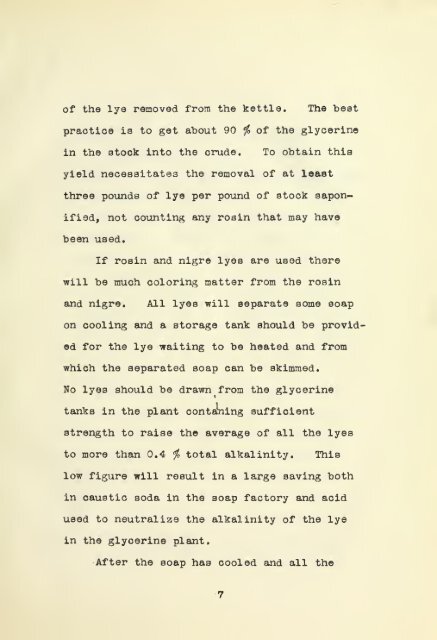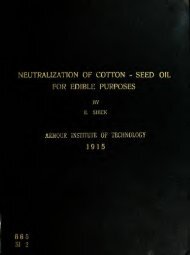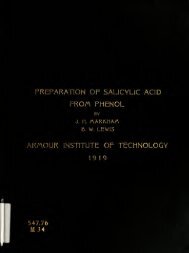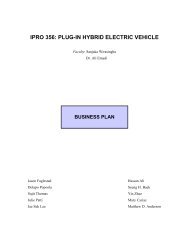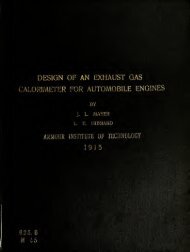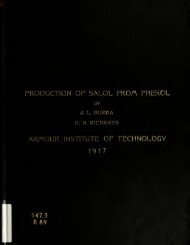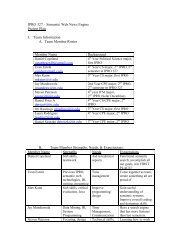Glycerol and spent lye clarification - Illinois Institute of Technology
Glycerol and spent lye clarification - Illinois Institute of Technology
Glycerol and spent lye clarification - Illinois Institute of Technology
You also want an ePaper? Increase the reach of your titles
YUMPU automatically turns print PDFs into web optimized ePapers that Google loves.
<strong>of</strong> the <strong>lye</strong> removed from the kettle. The best<br />
practice is to get about 90 *fo <strong>of</strong> the glycerine<br />
in the stock into the crude. To obtain this<br />
yield necessitates the removal <strong>of</strong> at least<br />
three pounds <strong>of</strong> <strong>lye</strong> per pound <strong>of</strong> stock sapon-<br />
ified, not counting any rosin that may have<br />
been used.<br />
If rosin <strong>and</strong> nigre <strong>lye</strong>s are used there<br />
will be much coloring matter from the rosin<br />
<strong>and</strong> nigre. All <strong>lye</strong>s will separate some soap<br />
on cooling <strong>and</strong> a storage tank should be provid-<br />
ed for the <strong>lye</strong> waiting to be heated <strong>and</strong> from<br />
which the separated soap can be skimmed.<br />
No <strong>lye</strong>s should be drawn from the glycerine<br />
tanks in the plant contsning sufficient<br />
strength to raise the average <strong>of</strong> all the <strong>lye</strong>s<br />
to more than 0.4 ^ total alkalinity. This<br />
low figure will result in a large saving both<br />
in caustic soda in the soap factory <strong>and</strong> acid<br />
used to neutralize the alkalinity <strong>of</strong> the <strong>lye</strong><br />
in the glycerine plant.<br />
After the soap has cooled <strong>and</strong> all the


